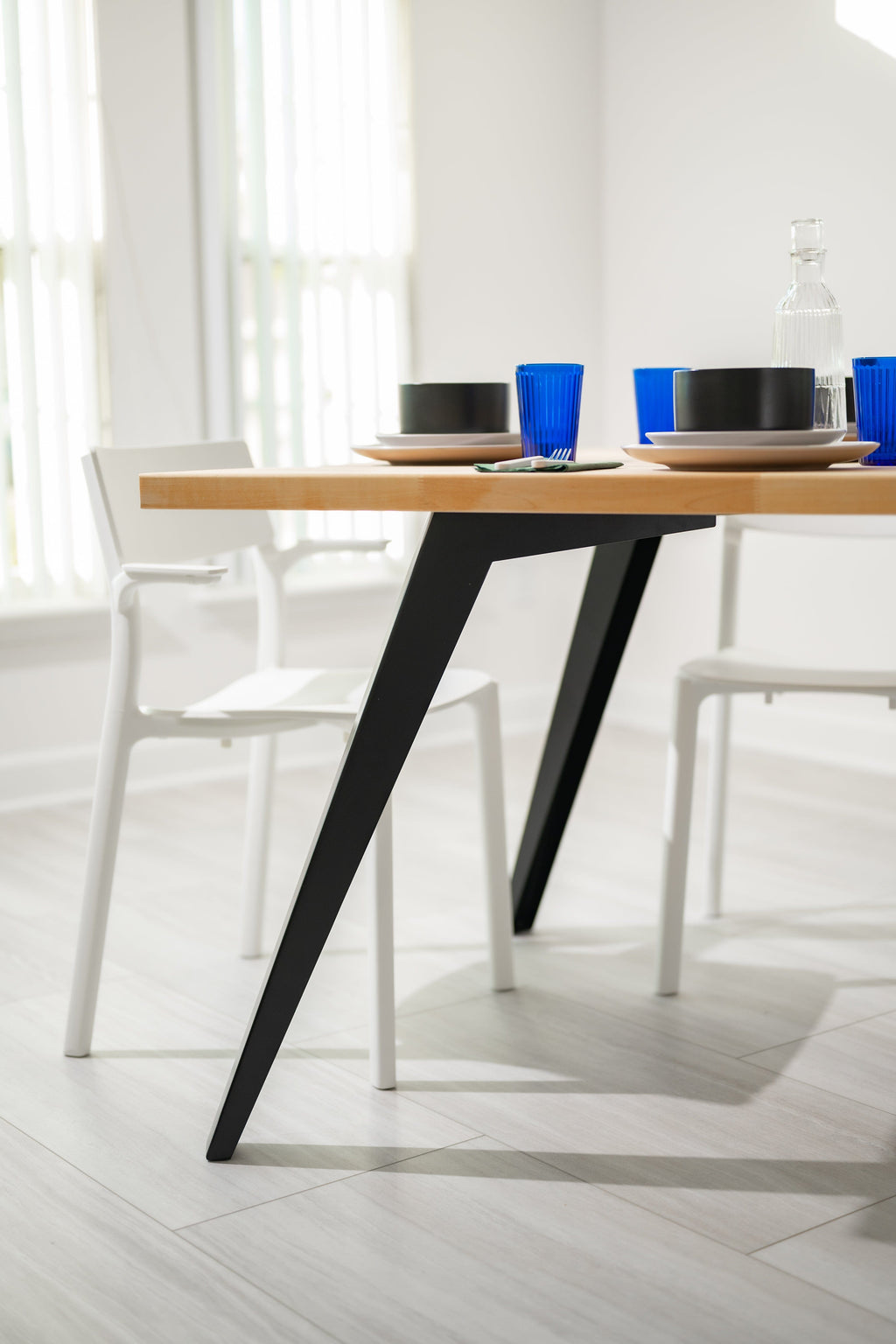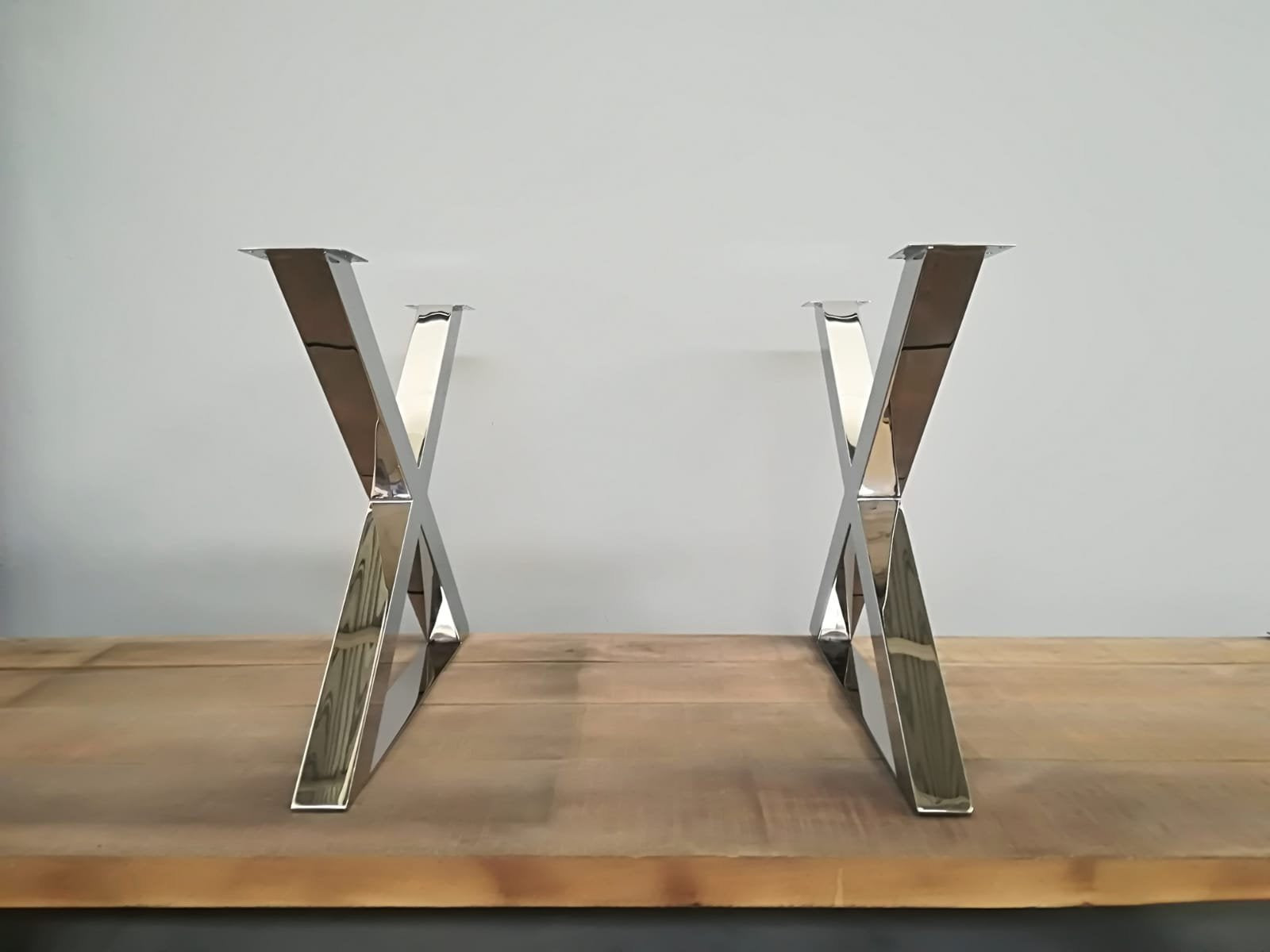Transform Your Dining Space with Stylish Dining Room Table Legs
Transform Your Dining Space with Stylish Dining Room Table Legs
Blog Article
From Traditional to Modern: Locate the Ideal Dining-room Table Legs for Your Style
The option of dining room table legs plays a critical duty in specifying the total personality of your space, connecting the space between typical workmanship and modern-day visual appeals. While timeless styles such as cabriole and turned legs evoke a feeling of timeless refinement, modern designs like barrette and geometric choices provide a chance for striking aesthetic rate of interest. Evaluating the right balance in between these styles needs a nuanced understanding of your existing design and personal preference. As you think about these aspects, the question stays: just how can you perfectly incorporate these diverse leg styles to develop a harmonious eating experience?
Recognizing Table Leg Styles
The selection of dining-room table leg designs can dramatically influence both the aesthetic appeals and performance of the room. Each leg style adds distinct functional attributes and visual aspects, dealing with varied style choices and use demands. Understanding these styles is vital for picking the right table that aligns with your general interior layout vision.
As an example, tapered legs provide a tidy, traditional look that can enhance an area's elegance, while pedestal bases provide stability and make best use of legroom, making them ideal for smaller spaces. Hairpin legs, a characteristic of mid-century modern-day layout, present an industrial style, enabling an airy, open feeling. Trestle legs stimulate rustic charm, providing robust assistance and a feeling of eternity.
Wooden legs can bring warmth and texture, whereas steel alternatives typically convey a streamlined, modern vibe. Ultimately, recognizing table leg styles is crucial for producing a natural eating location that reflects individual design while ensuring functionality and convenience.
Conventional Table Leg Options
When selecting dining area table legs, traditional choices often embody ageless beauty and workmanship. These designs reflect an abundant heritage and a dedication to top quality, making them optimal for those who value traditional aesthetic appeals.
Among the most famous traditional leg styles is the cabriole leg, characterized by its elegant curved form. This style often features decorative carvings and is most frequently discovered in Queen Anne and Chippendale furniture. One more preferred alternative is the transformed leg, which boasts a collection of smooth, rounded shapes that supply a timeless look while keeping stability.
Furthermore, the straight leg, while simple, provides a tough and basic framework that can mix seamlessly with a selection of tabletop designs. For those attracted to ornate detailing, claw-and-ball feet legs stimulate a sense of magnificence and can offer as a spectacular focal factor in any kind of eating room.
Lastly, pedestal bases, although not purely legs, offer an alternative typical choice that enables enough legroom and can be perfectly carved. Each of these standard leg styles contributes to the overall setting of a dining room, marrying feature with visual charm.

Modern Table Leg Designs
Modern table leg styles supply a varied variety of styles that highlight tidy lines and innovative materials. These designs usually focus on performance while functioning as striking focal points within an eating area. Minimal aesthetic appeals are prevalent, with legs crafted from products such as metal, glass, and crafted timber, which add to a ventilated and modern feeling.
One prominent style is the hairpin leg, characterized by its slim, conical framework that gives stability without frustrating the table top (dining room table legs). This style is commonly located in mid-century modern-day furniture and can effortlessly match numerous table shapes. Another fad is the usage of geometric forms, where legs might take on angular or unbalanced types, adding aesthetic interest and a touch of check my blog artistry

Mixing Styles for Special Rooms
Typically, house owners seek to produce unique eating areas that show their individual design by blending different style elements. This technique permits the unification of diverse aesthetic appeals, causing a harmonious yet distinct setting. Coupling a rustic wooden table with sleek, contemporary steel legs can create an attractive contrast that elevates the space's total allure.
Additionally, incorporating vintage table legs with contemporary tabletops can stimulate a sense of background while keeping a modern-day perceptiveness. Such mixes not just display private taste however also encourage imagination, enabling home owners to curate a space that really feels both individual and inviting.
Color plays a vital duty in this mixing process; picking table legs that match or contrast with the existing color design can improve aesthetic rate of interest. Whitewashed legs can soften the boldness of a dark table surface area, producing a balanced visual.
Tips for Choosing the Right Legs
Picking the right table legs is important for accomplishing both capability and aesthetic charm in your eating area. Begin by taking into consideration the overall style of your area. Traditional setups take advantage of legs that include elaborate makings or turned designs, while modern spaces may ask for sleek, minimalist designs.
Following, evaluate the elevation and stability of the legs. dining room table legs. Standard dining tables range between 28 to 30 inches in elevation, so make certain the legs complement this dimension for comfort. In addition, robust materials, such as hardwood or metal, can improve security and long life
Examine the leg shape also-- options consist of directly, tapered, or pedestal designs. Straight legs offer a classic appearance, while conical legs can include a touch of elegance. Pedestal bases provide ample legroom and are ideal for smaller areas.
Conclusion
In recap, selecting the perfect dining-room table legs needs careful consideration of both standard and modern styles. Conventional choices such as cabriole and turned legs offer ageless style, while modern layouts like barrette and geometric shapes give a modern touch. By harmonizing leg design, height, and product with the general decoration, a cohesive and inviting atmosphere can be attained. Eventually, the selected table legs should show the wanted visual, enhancing the dining experience within the space.
The variety of dining space table leg designs can considerably affect both the visual appeals and functionality of the room. Inevitably, understanding table leg designs is crucial for creating a natural dining area that mirrors individual style while guaranteeing practicality and comfort.One of the most iconic these details typical leg designs is the cabriole leg, defined by its stylish curved form. Straight legs supply a classic look, while conical legs can include a touch of beauty.In recap, selecting the excellent eating room table legs needs check my site careful consideration of both modern and conventional styles.
Report this page